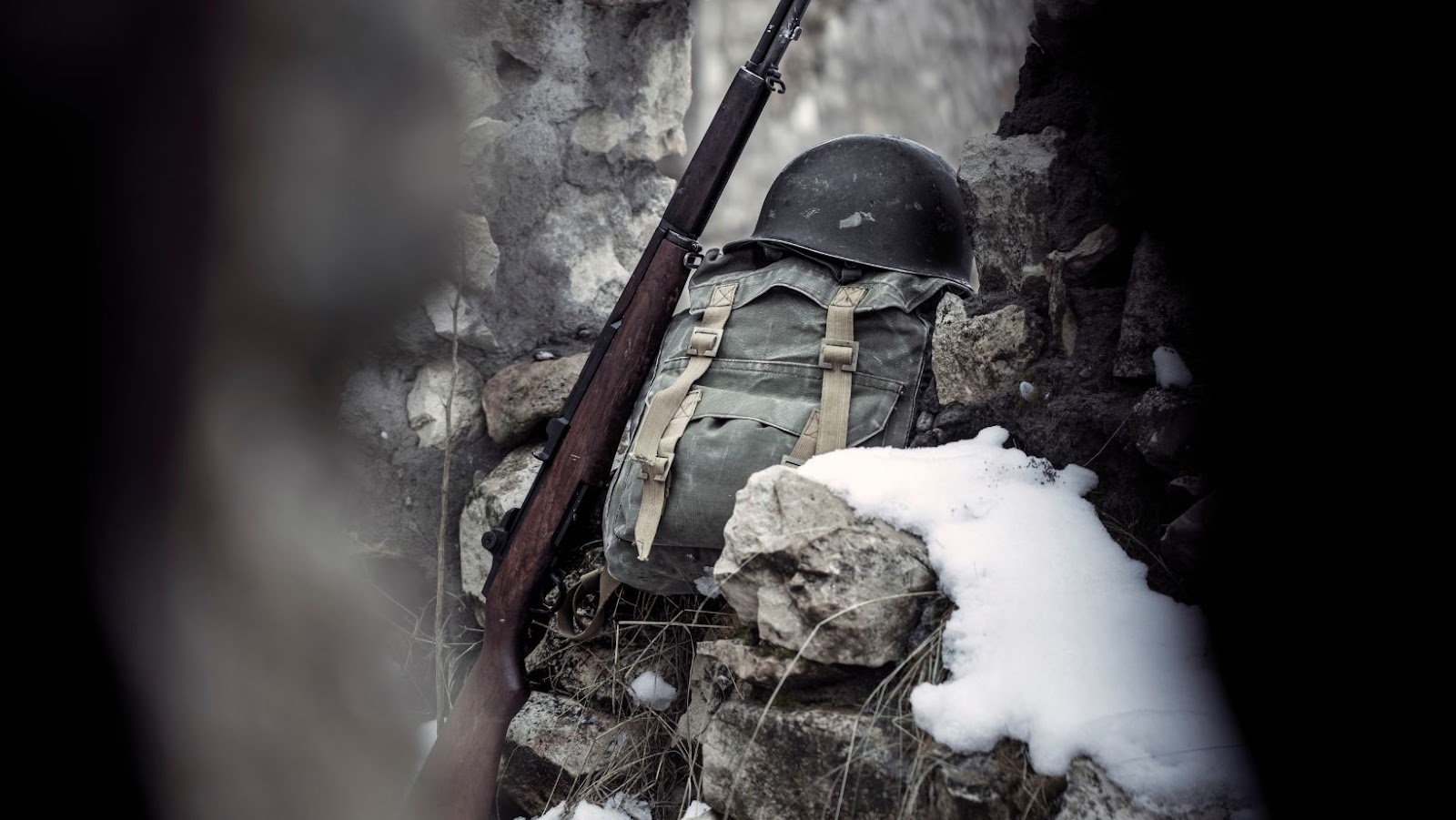The Hundred Years’ War and the Impact on Standing Armies
How Did the Hundred Years’ War Affect Standing Armies?
The Hundred Years’ War had a profound impact on standing armies, reshaping their structure and strategies in significant ways. As the conflict unfolded between England and France from 1337 to 1453, both sides found themselves needing larger, more professionalized armies to sustain prolonged campaigns. This necessity led to important changes in military organization and tactics.
One of the most notable effects of the war was the shift towards long-term standing armies. Prior to this conflict, feudal levies composed mainly of knights and their retinues were the primary form of military force. However, the protracted nature of the war required a more sustainable approach. Both England and France began establishing permanent forces that consisted of paid soldiers rather than relying solely on feudal obligations.
Additionally, advancements in weaponry played a crucial role in shaping standing armies during this time. The widespread use of gunpowder weapons such as cannons and firearms influenced military strategies significantly. These new technologies favored larger formations capable of withstanding artillery fire or delivering devastating volleys themselves. Consequently, standing armies grew not only in size but also became increasingly structured around disciplined infantry units supported by cavalry.
In conclusion, the Hundred Years’ War marked a turning point for standing armies by necessitating their establishment as more permanent institutions rather than relying on temporary levies. The introduction of gunpowder weapons further emphasized the need for organized forces capable of adapting to changing warfare dynamics. These developments laid the groundwork for future military transformations and shaped modern concepts of professional armies that endure even today.
The Hundred Years’ War and Standing Armies
The Origins of the Hundred Years’ War
The Hundred Years’ War, which lasted from 1337 to 1453, had a significant impact on standing armies in Europe. This conflict was primarily fought between the Kingdom of England and the Kingdom of France, and it played a crucial role in reshaping military strategies and structures.
At the beginning of the war, both England and France relied heavily on feudal levies. Feudal levies were temporary armies raised by nobles who owned military service to their lords. These levies consisted mainly of knights and men-at-arms who fought on horseback. However, as the war progressed, both sides realized that they needed more professional and permanent forces to achieve victory.
The Development of Standing Armies
One major effect of the Hundred Years’ War was the emergence of standing armies. A standing army is a permanent force maintained during peacetime as well as during times of conflict. Unlike feudal levies, these armies were composed of professional soldiers who received regular pay and underwent training.
England was particularly quick to adapt to this new approach. King Edward III established an elite group known as the “Yeomen of the Guard” in 1385, which eventually became one of the oldest standing military units in existence today. This marked a significant shift away from relying solely on feudal obligations for military support.
France also recognized the need for standing armies but faced challenges due to political instability within its borders during much of the war. Nevertheless, King Charles VII made efforts to strengthen his royal authority and establish more centralized control over his armed forces.
Impact of the Hundred Years’ War on Standing Armies
Technological Advancements and Weaponry
The Hundred Years’ War, a long and tumultuous conflict between England and France from 1337 to 1453, had a profound impact on standing armies. One major consequence was the development and deployment of new technological advancements in weaponry.
During this time, advancements were made in both offensive and defensive weapons. The introduction of the longbow by the English significantly altered the dynamics of warfare. Its longer range and accuracy allowed for devastating volleys that could decimate enemy ranks. This forced armies to adapt their tactics and defenses accordingly.
In response, fortified castles became less effective against these long-range attacks, leading to changes in military architecture. The emphasis shifted towards more mobile forces that could engage in open-field battles rather than relying solely on castle defenses.
Changes in Military Tactics
The Hundred Years’ War also witnessed significant changes in military tactics as commanders adapted to new challenges posed by evolving technologies. Traditional feudal levies gave way to professional armies composed of well-trained soldiers who specialized in specific roles.
One notable example is the rise of infantry formations known as pike squares or schiltrons. These tightly packed formations armed with long spears called pikes became essential for countering cavalry charges. The increased use of gunpowder weapons such as cannons also played a crucial role in shaping battlefield strategies.
With the advent of firearms, traditional knights clad in heavy armor lost some of their advantages. Lighter troops armed with firearms gained prominence due to their ability to deliver ranged attacks effectively. As a result, battlefield tactics shifted towards more flexible formations that incorporated combined arms approaches.


